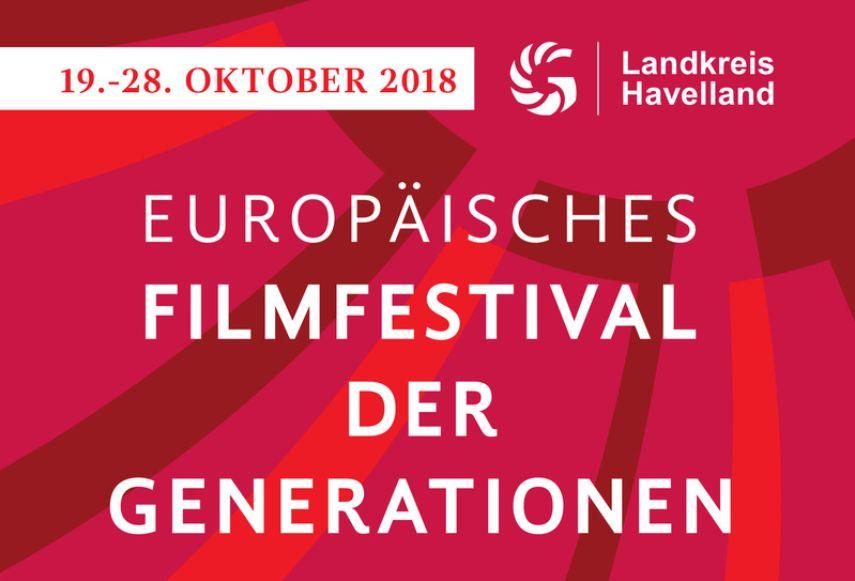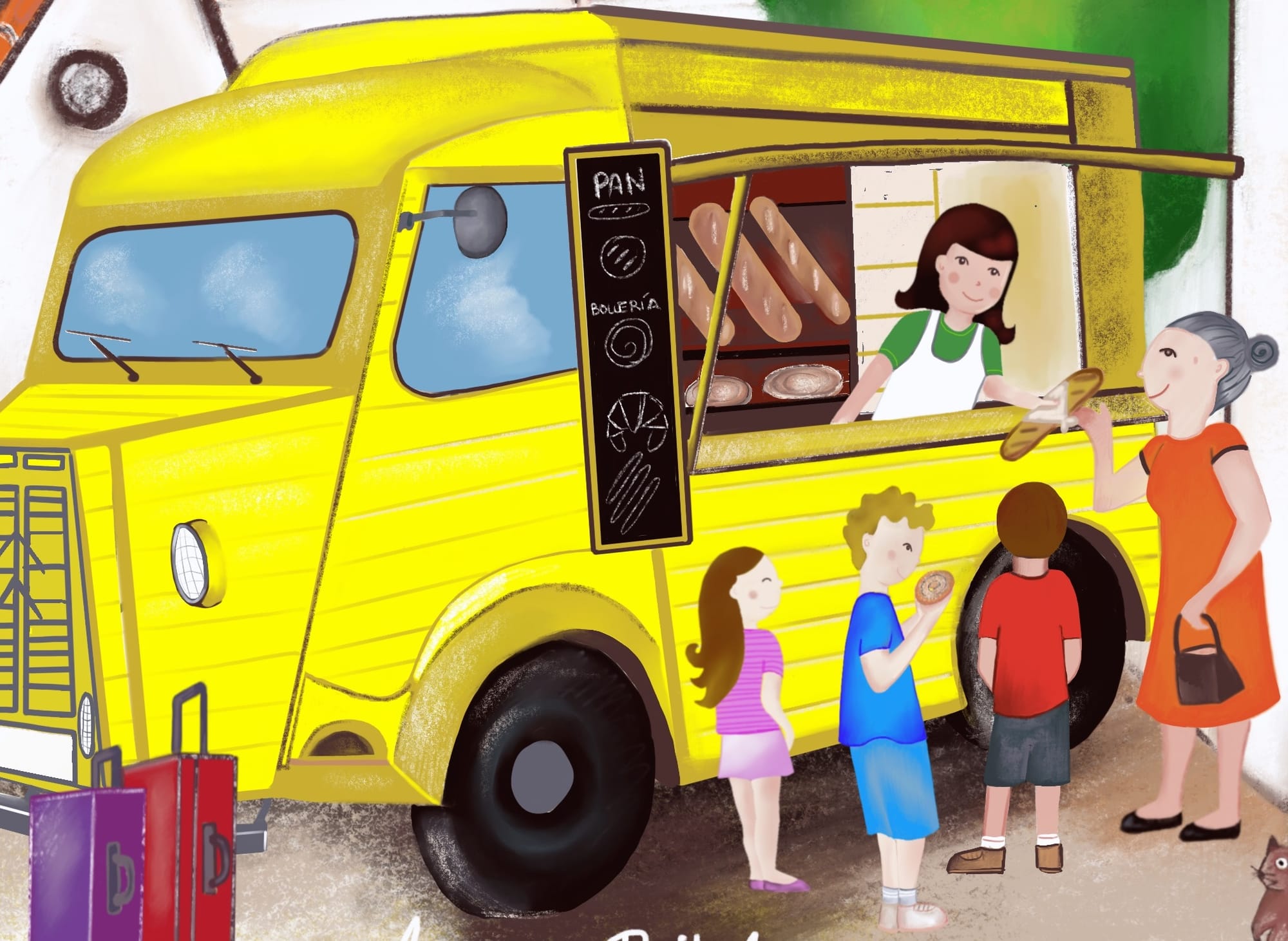¿Peliculas inter-generacionales? / Intergenerational movies?

Aprovechando que este mes de octubre ha sido el Festival de cine de las generaciones, he visto algunas de las películas que se ofrecían y de las que os hablaré en otros artículos.
Este Festival, tan relacionado con el tema de la Inter-generacionalidad, de la que habla este blog, me ha sugerido un montón de ideas. La lista de películas que ofrecía era enorme... y todas de películas recientes.
Lo primero que se me ocurrió es: ¿Por qué esas películas y no otras? La respuesta puede parecer evidente: porque trata temas relacionados con la Inter-generacionalidad, donde personajes de varias edades se relacionan entre sí. Bueno, es una posible respuesta... También podrían haber elegido películas que gusten a personas de diferentes generaciones, clásicas o no, pero que traten de temas que puedan interesar a grandes y pequeños iniciando así un diálogo sobre los diferentes puntos de vista. ¿Por qué no? ¿Quién decide lo que es Inter-generacional y lo que no?

En mis cuentos, quien se lleva el primer premio a la persona de más edad es la tía Pilar, verdadera superabuela de 94 años, que igual va en avión o en barco o cocina una paella para las tres generaciones de descendientes a los que ha ayudado a educar. Es un modelo de vejez activa, aunque con contradicciones propias de la edad (como cuando espanta dando palmas a las ardillas muerden las gomas de regadío del jardín porque la tía Pilar no concibe que puedan protegerse para evitar mordiscos de, por otra parte, tan graciosos roedores, por más que se lo sugieran sus sobrinas.)
De ahí me surge otra pregunta: ¿Qué tipo de modelo de vejez queremos ofrecer y qué tipo de sociedad relacionada con ella? Porque los modelos presentados en películas, series de televisión y libros construyen el ideario colectivo, la imagen de cómo deberían ser (o no) las cosas. ¿Deseamos presentar únicamente modelos de personas mayores pero activas e independientes, que son como cualquier adulto más, pero de más edad? ¿Deseamos también promover modelos de ayuda y cooperación inter-generacional? ¿Queremos que nuestros niños y adolescentes vean como normal ayudar a una persona mayor que, al ir al ambulatorio, no se orienta para llegar a la consulta de su médico, sin que forzosamente, exista una relación de parentesco entre ellos? ¡No surgirá de forma espontánea! Para adquirir ese modelo de relación, deberán verlo integrado en la sociedad. Por supuesto, los adultos de su alrededor deben comportarse tal y como esperamos que lo hagan los jóvenes, pero también es necesario que se les ofrezca modelos de gente de su edad con los que se puedan identificar. ¿A qué estamos esperando?
This October has been the Generations Film Festival, so I've seen some of the films and I'll talk about them in other articles.
This Festival, related to the theme of Intergenerationality, which this blog talks about, has suggested a lot of ideas to me. The list of films I offered was huge... and all recent films.
The first thing that I thought of was: Why these movies and not others? The answer may seem obvious: because it deals with issues related to Intergenerationality, where characters of various ages relate to each other. Well, it's a possible answer... They could also have chosen films that appeal to people of different generations, classical or not, but that deal with subjects that may interest young and old, thus initiating a dialogue about different points of view. Why not? Who decides what is Intergenerational and what isn't?
In my stories, the winner of the first prize for the oldest person is Aunt Pilar, a real 94-year-old great-grandmother, who also travels by plane or boat or cooks a paella for the three generations of descendants she has helped to educate. It is a model of active old age, although with age-related contradictions (such as when she scares the squirrels by clapping their hands on the irrigation gums in the garden because Aunt Pilar does not conceive that they can be protected).
Hence the question: What kind of old-age model do we want to offer and what kind of society is related to it? Because the models presented in films, television series and books construct the collective ideology, the image of how things should be (or not). Do we want to present only models of older people but active and independent, who are like any other adult, but older? Do we also want to promote models of inter-generational help and cooperation? Do we want our children and adolescents to see it as normal to help an older person who, when going to the clinic, is not oriented to reach the doctor's office, without there necessarily being a family relationship between them? It will not arise spontaneously! To acquire this model of relationship, they must see it integrated into society. Of course, the adults around them should behave as we hope young people will, but they also need to be offered models of people of their own age with whom they can identify. What are we waiting for?